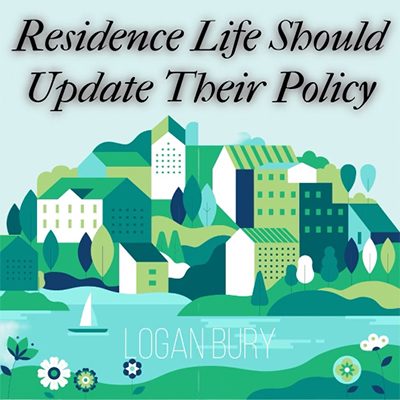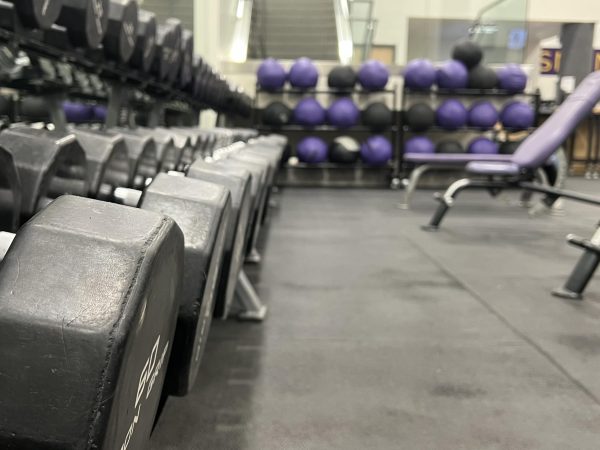Commuters Should Have a Place to Rest on Campus
March 17, 2020
The workload that we as college students take on often involves attending and participating in class and completing the required coursework in addition to any other commitments, responsibilities and obstacles that may arise.
As a student who lives on campus in the residence halls, something I am grateful for is: the small windows of time in between all of these commitments when I can reenergize and relax in the comfort of my room.
Taking this into account, there is something to be said for commuter students. While some commuters are from nearby, there are many who drive half an hour or more to attend California Lutheran University.
There are plenty of spaces to unwind on campus for all students, but a luxury that commuters do not get is a space to relax in the way that students who live in residence halls do.
What universities such as Wesleyan, Stanford, Washington State and many more have done to create more spaces for students to recharge is the addition of sleep and nap pods on campus. Although the exact design can vary, these sleep pods are usually reclined chairs with a dome that covers the upper body.
Balancing school and your other personal responsibilities is hard enough as it is, but when you add the drive that commuters have to make, it can feel exhausting. Adding sleep pods on California Lutheran University’s campus would make a substantial difference in the experience of commuters by allowing them a space for relaxing and recharging in a way that is not seen on campus for this population of students.
EdSurge, an educational technology company, published an article in 2018 about these sleep pods on college campuses and the impact they have on students and the campus itself. One point that was repeated in the article was that many schools installed these sleep pods to help the physical and mental health of students and promote overall wellness.
California State University, Northridge has gone even farther than just sleep pods alone. Their Oasis Wellness Center provides different holistic services, such as acupuncture and massage therapy for example, in addition to their sleep pods for students in partnership with their Klotz Student Health Center and the College of Health and Human Development.
Stephanie Figueroa, a senior Communications major with a Multimedia minor, is the Associated Students of California Lutheran University Commuter Senator and has commuted from North Hollywood throughout her four years at Cal Lutheran. She said that she understands the appeal to the sleeping pods because of the fact that there is not really a place on campus like it for commuters to rest.
“We [commuters] don’t have that convenience of just walking to our dorms. That’s just not an option for us,” Figueroa said. “I see that there are a lot of benefits, especially with sleep that just as college students we really lack, so it would be really nice to have one of those somewhere where students could access that.”
I currently live on campus, but during high school, my daily commute was half an hour long. I would wake up every morning with enough time to eat breakfast and then catch up on sleep during lunch on the benches outside, in the hallway of our science building or in my car. Joining extracurriculars that took place early morning or late afternoon was never an option because I was always so tired and ready to go home by the end of my day.
Looking back at that experience, it would have been a lot more convenient to have a more comfortable place on campus to relax. I’m in a position now where I am just a short walk from the comfort of my room at all times, but I understand how commuting can be too much at times.
The experience as a commuter can be draining. While sleep pods may not resolve every issue, they will certainly help these students recharge to the point where they have the energy to keep honoring the commitments they have.










